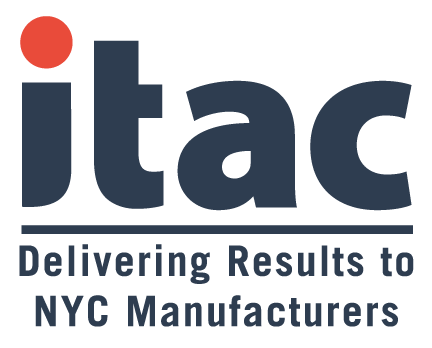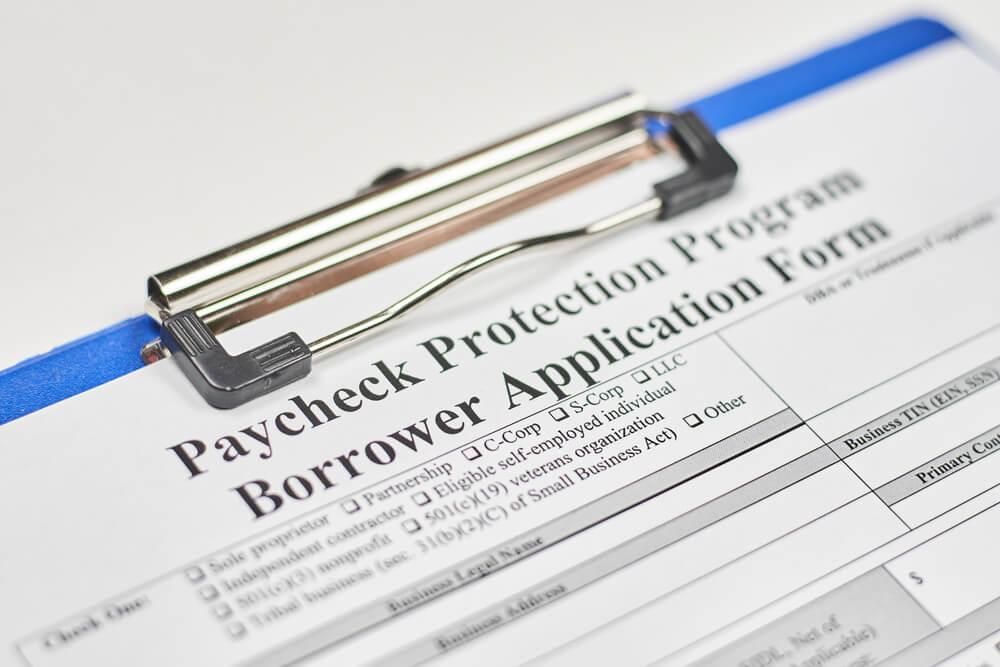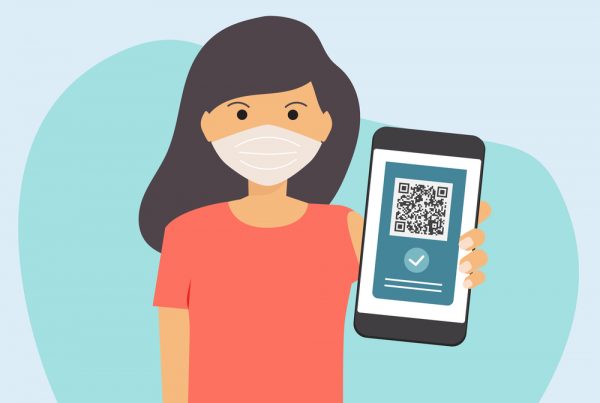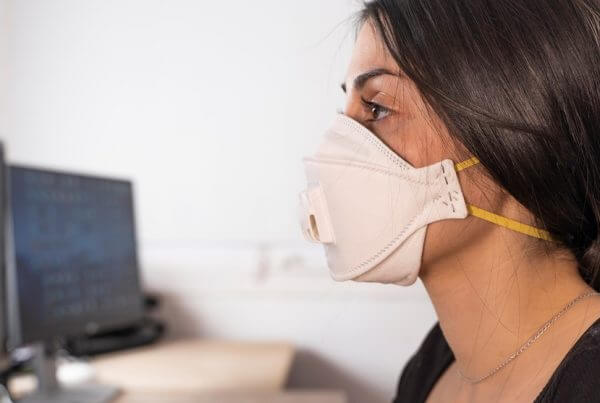COVID-19 Funding Assistance Update – Paycheck Protection Program:
COVID-19 Paycheck Protection Program Update: Learn about deductibility of expenses used to obtain forgiveness, changes to PPP loan forgiveness, round 2 of the Paycheck Protection Program, and more.
Deductibility of Expenses Used to Obtain Forgiveness
Congress has long signaled bipartisan support to overrule the position of the IRS that the expenses used to obtain forgiveness on a PPP loan are not deductible. In the bill, the deductibility of these expenses is reported to be included, though it is not clear whether there are any limitations on who is eligible for this relief. On Monday morning, Secretary Mnuchin stated on CNBC that Congress will restore the deductibility of these expenses with the legislation, further solidifying the position.
Changes to PPP Loan Forgiveness / Application Process
The proposed legislation includes provisions to adjust the following SBA rules relating to the loan forgiveness process (for borrowers that have not already submitted a loan forgiveness application):
- Eligible Expenses – expenses eligible for forgiveness are expanded to include covered worker protection expenditures, which are defined to include certain PPE and capital expenditures required to maintain a safe working environment in light of guidance from the CDC. These costs would be included in the nonpayroll costs section of the application, which can comprise up to 40% of the loan forgiveness amount.
- Forgiveness Application – Loans of $150,000 or less – these loans will be subject to a 1-page attestation certifying that the borrower has complied with the regulations and has supporting documentation to support the requested amount of forgiveness. The SBA is required to release a new form to accommodate this provision within 7 business days of the bill becoming law.
- Forgiveness Application – Loans between $150,000 and $2,00,000 – borrowers of loans between these amounts will still be required to complete and submit an application for loan forgiveness, but will not be required to submit the required supporting documentation (which, for those who have already submitted their application know, is voluminous). Borrowers must retain the supporting documentation for at least 4 years. It is not immediately clear whether a new application will be available or the current applications will be used.
Round 2 of the Paycheck Protection Program
The proposed legislation appropriates an additional $284 billion into the PPP coffers and will re-open the loan program which previously closed in early August. Certain borrowers will be allowed to obtain a second PPP loan (or their first if they did not partake in round one). The requirements are expected to be as follows:
- Eligibility for the second round contains some more stringent gating features, as follows:
- Borrower entity type extended from original CARES Act to include section 501(c)(6) organizations.
- Borrower must have 300 employees or less (150 or less for section 501(c)(6) organizations), or meet an alternative size standard.
-
- Borrower must be able to demonstrate a 30% reduction in gross revenue in either Q1, Q2 or Q3 of 2020 as compared to the same quarter in 2019.
- Borrower must be able to make the loan necessity certification – that current economic uncertainty makes the loan necessary to support its ongoing operations.
- How much funding would this round of the PPP provide?
- Loan amount will be 250% average monthly payroll cost. As a reminder, the SBA provided this handy tool to help calculate the average monthly payroll costs by entity type.
- Maximum loan amount per borrower will be reduced from $10 million to $2 million.
Additional Provisions:
Employer Payroll Tax Credits
The bill also includes provisions for a payroll tax credit for employers that provide paid sick leave for employees directly impacted by COVID-19, built upon the framework established in the FFCRA, the stimulus legislation enacted before the CARES Act. These benefits were set to expire on December 31, 2020. It is not clear whether the legislation will continue to require employers to provide these benefits to those directly impacted by COVID-19, similar to the FFCRA.
Individual Stimulus Checks
One of the more widely-debated topics of the negotiations, individual stimulus checks are currently included to the tune of $600 per adult and $600 per child. The amount of the benefit will be reduced, similar to the first round of stimulus checks, for single taxpayers who earn more than $75,000 per year and married filing joint taxpayers earning in excess of $150,000 per year.
Enhanced Unemployment
With unemployment benefits provided under the CARES Act set to expire imminently, the proposed legislation provides for an extension of both the Pandemic Unemployment Assistance (PUA) and Pandemic Emergency Unemployment Compensation Programs (PEUCP). The PUA, previously providing an additional $600 of benefits per week, will be reduced to $300 per week, while the PEUCP is expected to extend eligibility to unemployed individuals by an additional 11 weeks.
Eviction Moratoriums
The bill includes eviction moratoriums and an additional $25 billion in appropriations to emergency rental assistance.
CARES Act Funding / Federal Reserve Lending
The bill rescinds more than $400 billion of previously unspent funds on certain lending programs established by the CARES Act, and ends these programs on December 31, 2020. It also ends expanded Federal Reserve authority over lending programs that were enacted in the CARES Act. Language surrounding this was one of the hiccups that emerged over the weekend, with Republicans aiming to prevent these funds from being repurposed in the future without intentional Congressional appropriation.
This information is provided by Withum. Visit Withum’s COVID-19 Resource Center for insights to help you and your business during this challenging time. Looking for more COVID-19 Funding Assistance Updates? Check out our News page.
